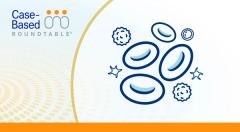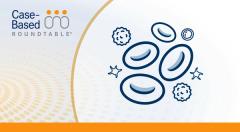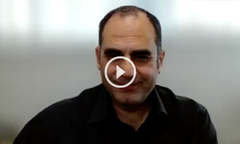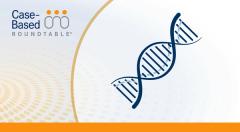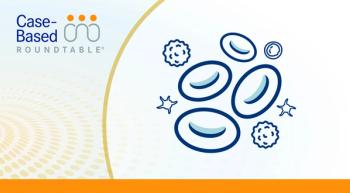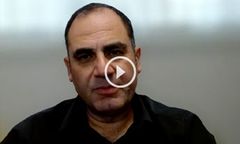
Therapies With Different Mechanisms of Action Available for Low-Risk MDS
Bertrand Y. Tuan, MD, discusses the therapies relevant to patients with low-risk myelodysplastic syndrome.
Episodes in this series

Bertrand Y. Tuan, MD, hematologist/oncologist at Pacific Hematology Oncology Associates and California Pacific Medical Center in San Francisco, California, discusses the therapies relevant to patients with low-risk myelodysplastic syndrome (MDS).
Tuan presented on trial data supporting the use of these drugs in a Case-Based Roundtable event, starting with the use of erythropoietin-stimulating agents including epoetin alfa (Procrit) and darbepoetin alfa (Aranesp), which were historically the primary treatment for MDS-related anemia and are generally used first.
Luspatercept-aamt (Reblozyl), an erythroid-modifying agent, was first approved in patients with ring sideroblast–positive MDS, then expanded to the first-line setting based on the phase 3 COMMANDS trial (NCT03682536), which showed the most benefit for patients with ring sideroblasts and SF3B1 mutation.
A third treatment approach that was discussed at the event was a telomerase inhibitor, imetelstat (Rytelo). Tuan says that this therapy has just begun clinical use after its FDA approval. Other participants in the event said they are getting ready to start to use it, but their practical experience was limited.
TRANSCRIPTION
0:10 | The relevant drugs followed the history of our treatments of people with…anemia in the setting of myelodysplasia found in the bone marrow and in the blood. It started off with erythropoietin agents such as [epoetin alfa] or the more long-lasting [darbepoetin alfa].
0:36 | Luspatercept, which is a hemoglobin erythroid-modifying agent, has been used more over the last several years, after trials showed its utility in patients with ring-sideroblast MDS, either based upon the bone marrow examination or based upon specific mutations from either the bone marrow or peripheral blood.
1:10 | Lastly, we talked about newer antibodies to telomerase that have just gotten into clinical use—something that I've not yet used, something that some of the other participants are getting ready to start to use. It's just a newly approved drug that we just don't have much experience with.



